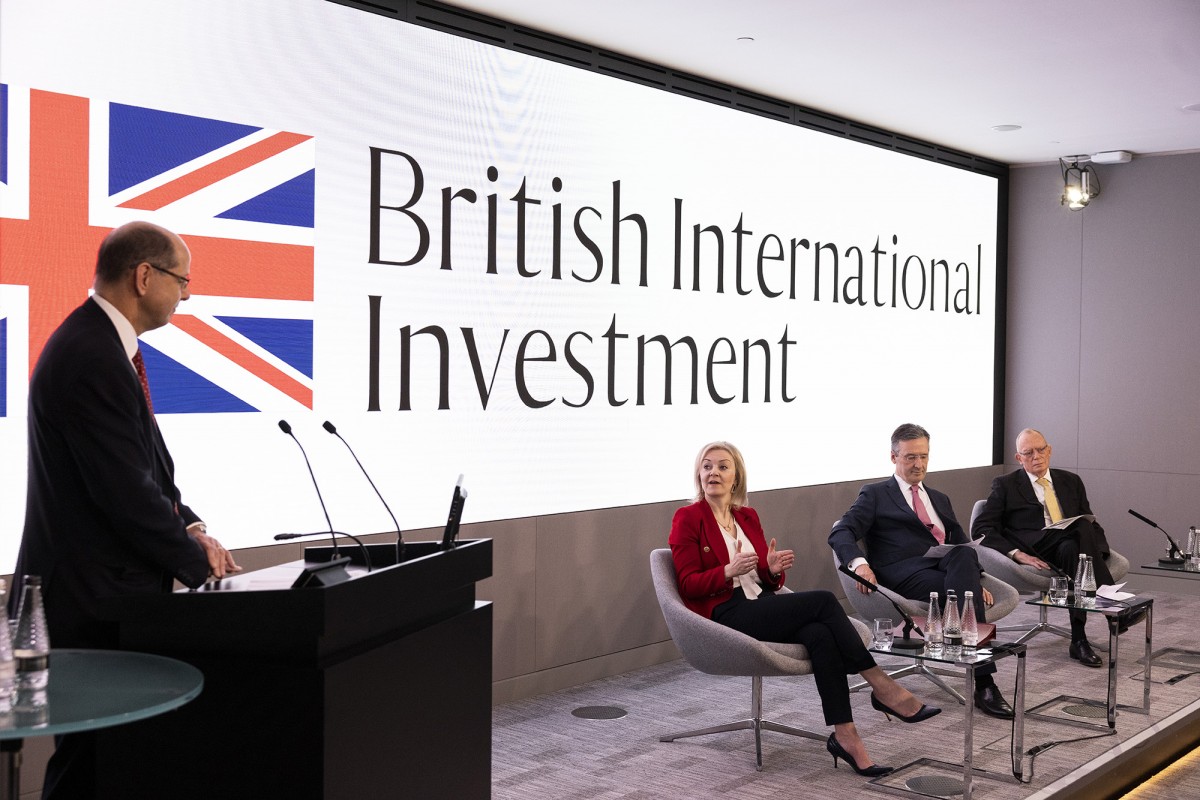A growing number of climate investors are recognizing that applying a gender lens can deepen their climate impact – and accelerate a just economic and climate transition.
At Heading for Change, the legacy endowment of pioneering impact investor Suzanne Biegel, we’ve spent a lot of time thinking about how to invest at the nexus of climate and gender issues – the most powerful opportunities for growth and impact. We’ve refined the questions investors should be asking when evaluating potential investments. Part of our mission is to share these insights with other investors so that they can apply what we’ve learned to their own investment priorities and portfolios.
Investing in climate and gender doesn’t have to be complicated or intimidating. Many of the questions we ask as part of our due diligence are not materially different from anything you would do in a traditional finance deal. We use the same framework of assessing team, strategy, track record, opportunities and risks. We then apply those principles across the deep domain of knowledge that has emerged in the gender, climate and broader impact space.
Heading for Change invests in private markets funds, so many of our questions focus on fund managers. But they could equally be adapted for due diligence in direct investments, or for public markets, debt or philanthropic investments.
Here are six areas we believe climate and gender investors should focus on in their due diligence, and the questions we use to assess them.
1. Is there a commitment to embed gender into investment strategies?
When screening potential investments, first consider whether gender is part of a fund or business’s existing investment or business strategy. Is it something they’re already thinking about when designing their products or making investment decisions – and if it’s not, are they willing to make a concrete commitment to embed gender into their processes in the future?
If gender is important to the fund or business – and if they see the benefits of integrating gender into their strategy and process for their ability to meet their finance and impact goals – they are more likely to follow through. You can assess this partly on what they say, but you can also tell from how and in what they invest.
That might look like a strategy that specifically addresses the adverse impacts of climate change on women, investing in industries where women make up a significant proportion of employees and supply chain (for example, regenerative agriculture, climate resilient farming, aquaculture), or investing in climate-smart products and services created by or targeting women.
Questions we ask include:
- Do you consider the role and impact of women as part of your investment thesis? How is this role reflected in your investment strategy? What roles do women play?
- How has gender informed or influenced your investment strategy and the themes/sectors that you have decided to focus on?
- If you are not aware of opportunities for women in critical roles or as agents of change or the risks associated by not including women’s unique role, risks and needs, how receptive are you to exploring this further?
2. How are managers thinking about gender-related opportunities and risks?
We want to see that fund managers understand the value of specifically focusing on women: as entrepreneurs, sales agents, product designers, and customers. How are they thinking about the unique opportunities that women represent as a segment?
We also want to know that they understand the risks of not including women – reputationally, operationally, financially, and in their ability to achieve their climate and other impact goals.
Questions we ask include:
- Are you investing in businesses which make or offer climate-smart products or services which are better for women? If so, please provide an example of an investment which has designed or refined a product or service to better serve women customers and/or improve women’s access to and benefit from climate-smart, ecologically responsible, and/or healthier solutions.
- What are the key climate/nature-related risks you are seeking to address with your investment thesis/in each of your fund’s areas of investment focus? To what extent, if at all, are women or girls disproportionately impacted by these risks?
- Are there potential risks to the fund’s investment strategy, process or performance – or that of your portfolio companies – by not intentionally including / focusing on women & girls?
- Do you have any evidence/examples from the portfolio or investment pipeline that women’s involvement in the climate solutions value chain has led to better environmental, social and/or financial outcomes?
3. Are managers working to close women’s participation gaps?
Women are vastly underrepresented in many fast-growing sectors of the green economy. Heading for Change looks to invest in fund managers who are thinking about why, and how they can help close the gap. That might mean providing training to help women move into traditionally male-dominated sectors, or addressing more insidious root causes that limit women’s financial participation: including gender-based violence, secure transport, reliable childcare, or traditional gender roles within the family.
It can also mean understanding and working to address the gender-related risks that women already face in the workplace: for example, creating pesticide-free agricultural systems to minimize the health impacts on women farmers.
Questions we ask include:
- Do women have equal access to these types of jobs or roles in the industries you are focused on? If not, what are the barriers, and does your investment thesis consider addressing them?
- Do women get equal treatment when they get the jobs or roles?
- Does your investment thesis actively consider/address the specific risks facing women in the sector of focus and the potential vulnerability of women and girls to these risks?
4. How are managers creating or accelerating opportunities for women?
The best fund managers add value by using their skills and expertise to help their investees sharpen their financial, environmental and social outcomes. We seek to invest in fund managers who actively support their portfolios to create or accelerate opportunities for women: for example, through training and upskilling, gender lens action plans, impact measurement, and guidance on policies and procedures to close gender gaps in investee companies.
For those of you making direct investments rather than investing in funds, you will also want to look at the ways that you can add value. At Heading for Change, we know that our value additionality is on gender, so we focus on climate funds that have or are willing to incorporate a gender lens.
Questions we ask include:
- How do you support your portfolio to create or accelerate opportunities for women entrepreneurs / leaders to advance climate smart business practices?
- How do you support your portfolio in creating quality green jobs or opportunities for women in the workforce or in the supply chain?
- In what other ways do you help your portfolio companies to use an integrated climate and gender lens in their business?
5. Is gender advancing a broader diversity agenda and a just transition?
Just as the climate crisis doesn’t exist in a vacuum, nor does gender inequality. From an impact-perspective, the most effective gender-lens strategies are ones that recognize gender as part of a broader move towards a just economic and climate transition, and which consider ethnicity, class, geography, indigeneity and more.
Questions we ask include:
- In what ways does your investment thesis or approach consider the importance of a just transition?
- Do you work with portfolio companies on ensuring their solutions/strategies are designed with a just transition in mind?
- Does your team adopt a justice, equity, diversity and inclusion (JEDI) approach to investment evaluation?
- How, if at all, do you endeavor to tackle structural inequality as a fund manager?
- How / does your investment thesis and strategy contribute to systems change?
6. Do managers collect gender-related data?
Finally, we want to know if fund managers are collecting data on the gender composition and impacts of their investments. What gets measured gets managed, and businesses and funds that collect data on gender diversity are more likely to prioritize it.
If they’re not already collecting data on gender but are willing to start, we draw upon our own deep gender expertise – as well as the collective knowledge of our investees – to help fund managers choose the most effective metrics to measure.
Questions we ask include:
- Do you collect gender-disaggregated data? If so, which metrics?
As ImpactAlpha’s climate and gender list demonstrates, the number of opportunities at the nexus of climate and gender is growing, across every sector and geography.
At Heading for Change, our mission is to catalyze investment at this powerful intersection, by providing resources, information, and best practices to investors looking to move their capital in this direction.
Natalie Shriber is the head of investments at Heading for Change.
If you’re interested in learning more about climate and gender investing, please sign up to the Heading for Change newsletter, or consider joining as a donor partner.











